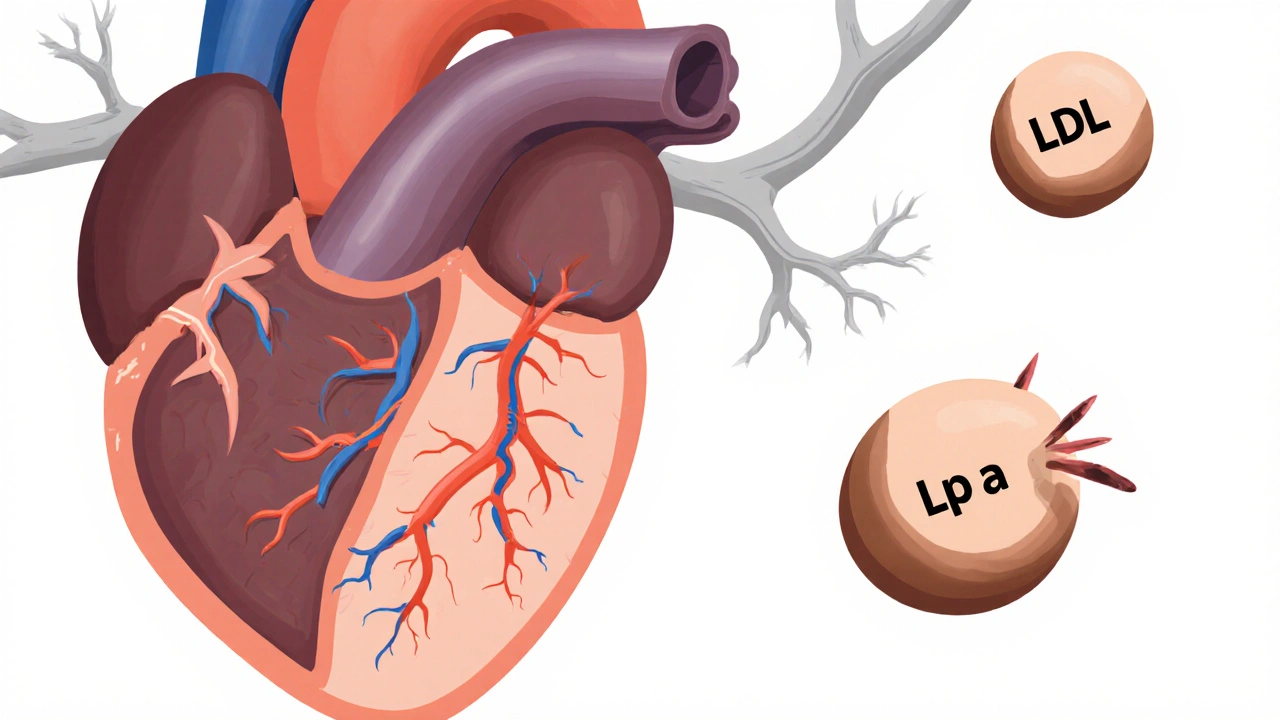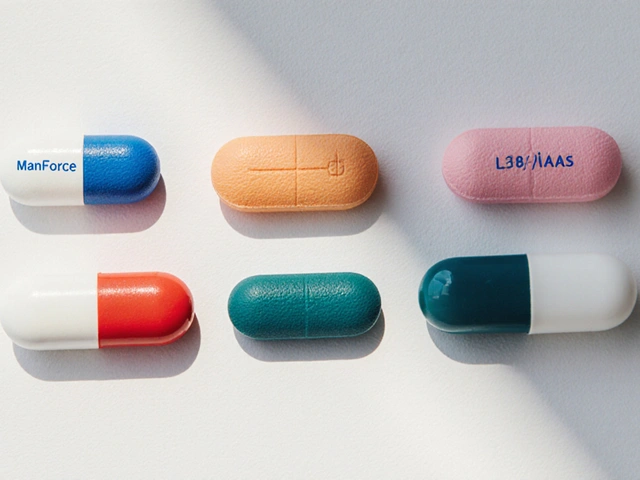Cardiovascular Risk: What It Means and How to Manage It
When you hear the term Cardiovascular Risk, the chance of developing heart‑related conditions such as heart attack or stroke. Also known as heart risk, it helps doctors decide how aggressively to treat risk factors. Understanding this risk lets you take charge of your heart health before a problem shows up.
One of the biggest drivers of cardiovascular risk is Hypertension, persistently high blood pressure that strains the arteries and heart. When blood pressure stays above normal, the walls of your vessels get damaged, making plaque build‑up easier and raising the chance of a clot. Managing hypertension often means lifestyle tweaks, regular monitoring, and sometimes medication that targets the renin‑angiotensin system or calcium channels.
Key Factors that Shape Your Heart’s Future
Beyond high blood pressure, Anticoagulant Therapy, drugs like warfarin or newer oral agents that thin the blood plays a crucial role for people who already have clot‑related issues. Anticoagulants lower the chance that a tiny clot will grow into a dangerous blockage, directly cutting down the risk of stroke and heart attack. Choosing the right agent depends on your kidney function, other meds, and how stable your blood‑clotting numbers stay.
Another piece of the puzzle is Cholesterol, the fat‑like substance that can clog arteries when levels are high. LDL‑cholesterol is the main culprit; it sticks to damaged artery walls and forms plaque. Statins, diet changes, and sometimes newer PCSK9 inhibitors are the main ways to pull LDL down and keep arteries flexible.
Even if your numbers look good, Lifestyle Factors, behaviors such as diet, exercise, smoking, and stress management can swing your risk up or down. Regular aerobic activity improves blood pressure and HDL‑cholesterol, while a diet rich in fruits, vegetables, and whole grains cuts inflammation. Quitting smoking removes a major toxin that accelerates artery damage, and steady stress‑reduction practices keep cortisol from spiking blood pressure.
Putting these pieces together, we see several semantic connections: cardiovascular risk encompasses hypertension; hypertension requires medication and lifestyle control; anticoagulant therapy reduces clot formation; cholesterol influences plaque buildup; and lifestyle factors modify both blood pressure and cholesterol levels. Together they form a network that determines whether your heart stays healthy or needs intervention.
Below you’ll find a curated set of articles that dive deeper into each of these topics. Whether you’re looking for safe ways to buy generic blood‑pressure meds, comparing anticoagulants, or learning how diet impacts cholesterol, the collection gives you actionable insights you can use right away.

Lipoprotein(a) is a genetic cholesterol risk that doubles your chance of heart attack or stroke - even if your other numbers are normal. Learn who should be tested and what you can do now.

Explore the link between hypertrophic subaortic stenosis and diabetes, uncover shared mechanisms, clinical impact, and practical management tips.







